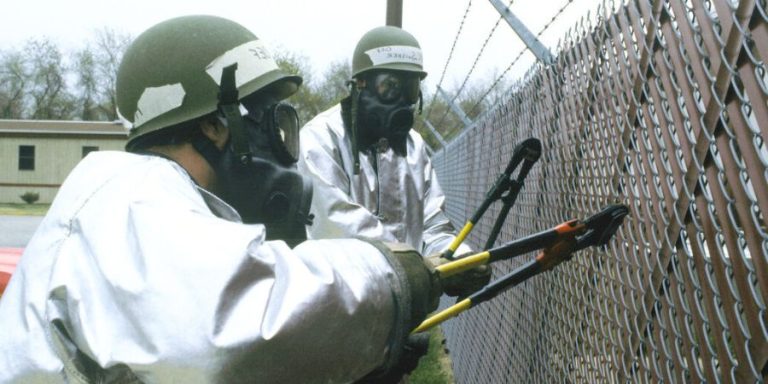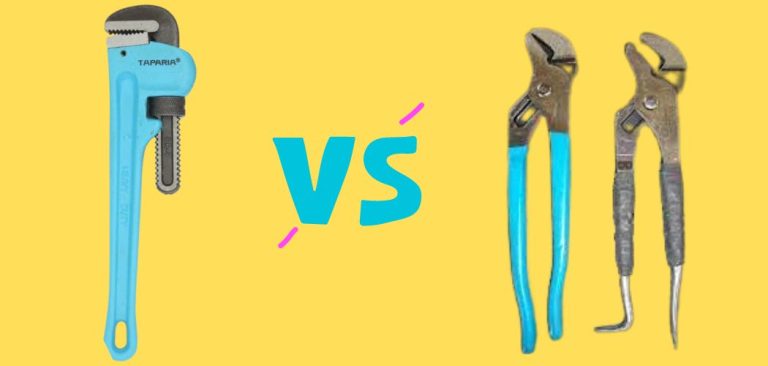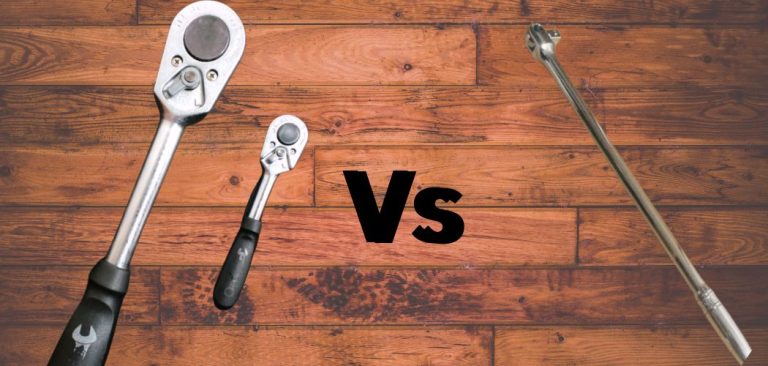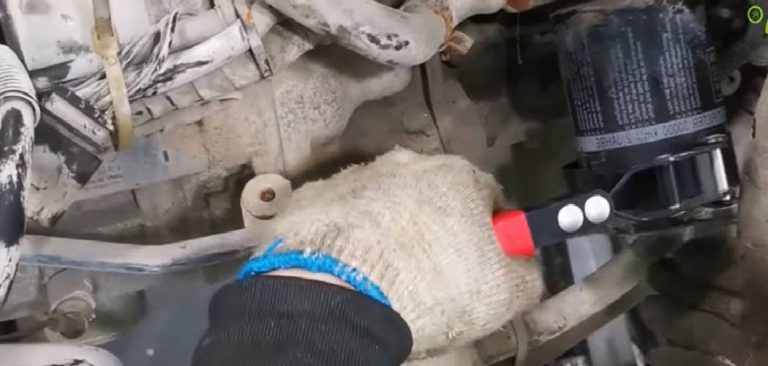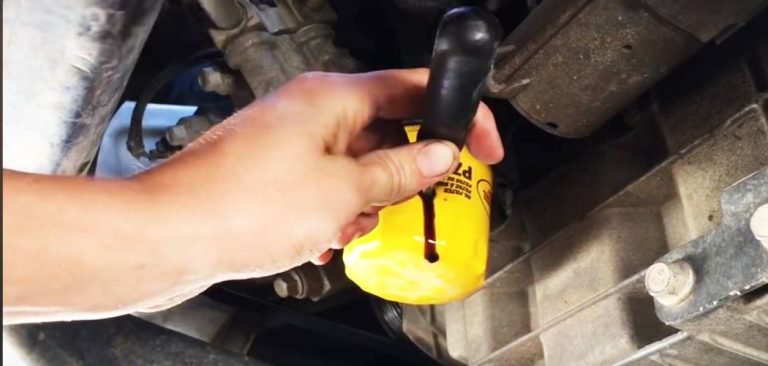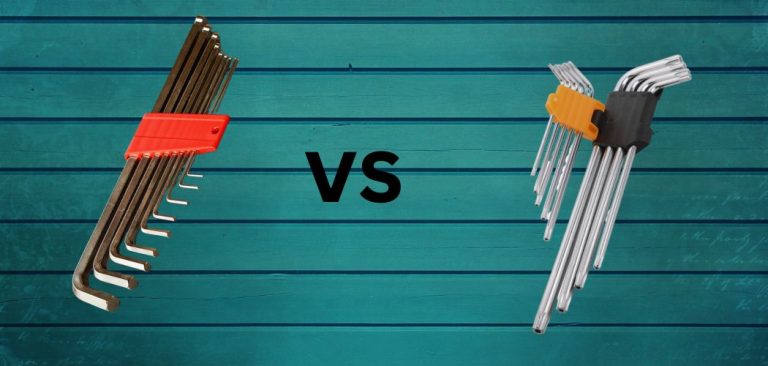Open End Wrench Uses
“If you need more clarification about the correct usage of open-end wrenches, don’t worry. In this article, I will provide a comprehensive discussion on the proper use of open-end wrenches, including their various sizes and types, as well as the advantages and disadvantages associated with them.
Whether you’re a seasoned user or new to open-end wrenches, this article is a valuable resource for gaining a deeper understanding of these essential tools.”
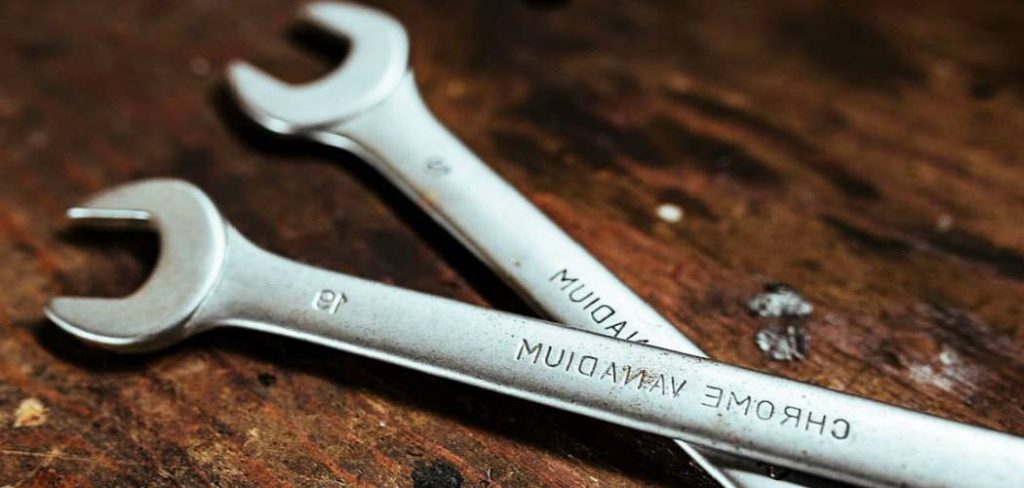
What is an open-ended wrench, and What is Its Purpose?
An open-end wrench, or spanner, is a U-shaped tool with different-sized openings at each end, designed to grip bolts and nuts. It allows turning in tight spaces due to its angled ends. The tool’s versatility lies in its ability to hold hexagonal and square fasteners, providing torque with limited swinging motion.
Indents on some models enhance grip. Open-end wrenches are compact, essential tools for mechanics, construction, and plumbing tasks.
Open-end Wrench Uses and Types.
Open-end wrenches come in different shapes; here are some common types:
- Single-Ended Wrench: This type has a U-shaped jaw on one end and is ideal for accessing fasteners in confined spaces where a full circular swing is not possible.
- Double-Ended Wrench: These wrenches have U-shaped jaws on both ends, each a different size, providing versatility for different bolt and nut sizes.
- Flare Nut Wrench: Similar to an open-end wrench, but with a thicker build and slightly curved head, it is suitable for softer nuts such as brake lines.
Open-end wrenches are commonly employed in automotive repair, appliance maintenance, plumbing, and construction. However, if not used correctly, they can warp nuts or bolts.
How to Use an Open-end Wrench?
Having given an overview of how to use an open-end wrench, let’s get to know them.
- Choose the right size: Choose a wrench that matches the size of the nut or bolt. It should fit snugly.
- Wrench Position: Place the wrench on top of the nut or bolt and grip it at the open end.
- Apply force: Hold the handle and turn the wrench in the required direction – clockwise to tighten, counterclockwise to loosen.
- Keep it flush: Keep the wrench straight and flush against the fastener to avoid slipping.
- Inspect and Finish: Check the tightness of the fasteners. When satisfied, release the wrench and store it properly.
Open-end Wrench of Different Sizes and Materials
I’m showing some common shapes and the materials they’re made from, but you’ll find them in different shapes as well.
Size and Materials:
- 3/8-inch, 7/16-inch End, Alloy steel
- 1/2-inch, 9/16-inch Finish, Alloy steel
- 3/8-inch, 7/16-inch End, Alloy steel
- 11/16-inch, 3/4-inch finish, alloy steel
- 15/16-inch, 1-inch ends, alloy steel
- 13/16-inch, 7/8-inch Finish, Alloy steel
- 5/8-inch, Chrome Vanadium Steel
Each size is made to fit specific bolt and nut sizes. The use of alloy steel provides a good balance of strength and capacity for various tasks. The inclusion of a 5/8-inch wrench made from chrome vanadium steel indicates improved durability and resilience for more demanding applications.
Pros and Cons of Open End Wrench
Some advantages and disadvantages of open-end wrenches are discussed below. I have weighed these pros and cons. So they will teach you to know them more deeply.
Pros
- Simple Design: Open-end wrenches have a simple design, which makes them easy to use, even for beginners.
- Compact: Their slim profile and small size allow access to tight spaces where other wrenches may not fit.
- Cost-Effective: Open-end wrenches are generally more cost-effective than more complex wrench designs.
- Versatility: They can work on two different-sized fasteners (one on each end) and are useful for a wide range of applications.
- Durability: High-quality open-end wrenches made from strong materials like chrome vanadium steel can handle considerable torque.
cons
- Limited torque: Applying excessive force may cause the wrench to slip from the fastener, potentially causing injury or damage.
- Risk of round-off: If not used correctly, open-end wrenches can round the corners of fasteners, making them difficult to remove or tighten properly.
- Limited access: Open-end designs may only work well in some situations, especially if the fastener is in an isolated or awkward position.
- Lack of Ratcheting: Unlike ratcheting wrenches, open-end wrenches require lifting and resetting after each turn, which can be time-consuming.
- Not ideal for precision: The open end provides less surface contact than other wrench types, making it less suitable for delicate work.
- Limited Angle: Their fixed angle limits their effectiveness when working at angles other than 90 degrees.
Open-end wrenches are valuable tools, especially for straightforward jobs. However, their limitations should be considered, and in certain situations, other wrench types, such as combination wrenches, adjustable wrenches, or ratcheting wrenches, may be more appropriate.
Faq’s
What Are Open-end Wrench Alternative Tools?
Alternative tools for open-end wrenches include
Combination wrenches have both open and closed ends for more torque. Socket wrenches with various socket sizes.Adjustable wrenches for versatility.Ratcheting wrenches for easier use in tight spaces.
Each tool offers specific advantages based on the application’s requirements.
How Does an Open-End Wrench Work?
To use an open-end wrench, you slip the jaws of the wrench over the nut or bolt head and then turn the wrench in the desired direction. The flat jaws grip the flats of the nut or bolt, allowing you to apply torque and tighten or loosen the fastener.
Are Open-end Wrenches Reversible?
Yes, the Double-Ended Wrench is reversible. They have a U-shaped design with two open jaws, allowing you to use either end of the wrench for different sizes of nuts and bolts. This feature adds to the versatility of the tool.
How Do I Choose the Right Size Open-End Wrench?
Open-end wrenches come in various sizes to match different nut and bolt dimensions. To choose the right size, measure this distance across the flats of the nut or bolt head and select a wrench with a jaw opening slightly larger than that distance.
Can Open-end Wrenches Damage Fasteners?
If not used correctly, open-end wrenches can damage fasteners. Applying excessive force or using the wrong size wrench might round off the corners of the nut or bolt, making it difficult to removes or tighten.
To prevent damage, ensure a proper fit and avoid using a wrench that’s too small or too large for the fastener.
Can I Use an Open-end Wrench With Non-hexagonal Fasteners?
Open-end wrenches come in various sizes to match different nut and bolt dimensions. To choose the right size, measure this distance across the flats of the nut or bolt head and select a wrench with a jaw opening slightly larger than that distance.
Conclusion
“In the automotive industry, the open-end wrench stands as an invaluable tool, thanks to its variety and versatility. If you hold a different perspective on this topic, feel free to share your thoughts in the comments section. Furthermore, if you find this article beneficial, please consider sharing it with your friends.”

